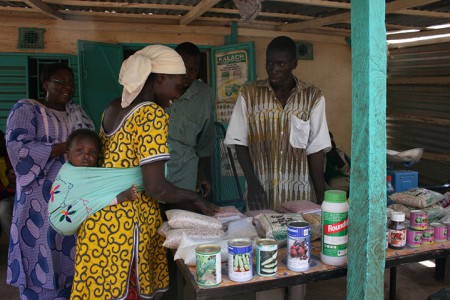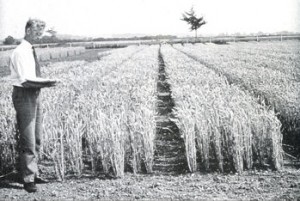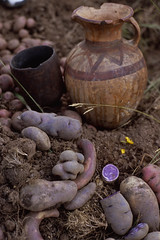Collecting plant genetic diversity is one of those great fat handbooks essential for anyone interested in, er, collecting plant genetic diversity. New it’ll set you back USD230. What’s more, the information in that dead-tree edition is truly ancient, much of it dating back to before 1995. But here’s good news. A brand-spanking new (and almost complete) version is available for your online edification, and our very own Luigi Guarino remains one of its editors. Old information has been updated. New information has been included. The whole thing can be downloaded (and printed, if you must). What’s more, “the editors invite your comments”.
What are you waiting for?


